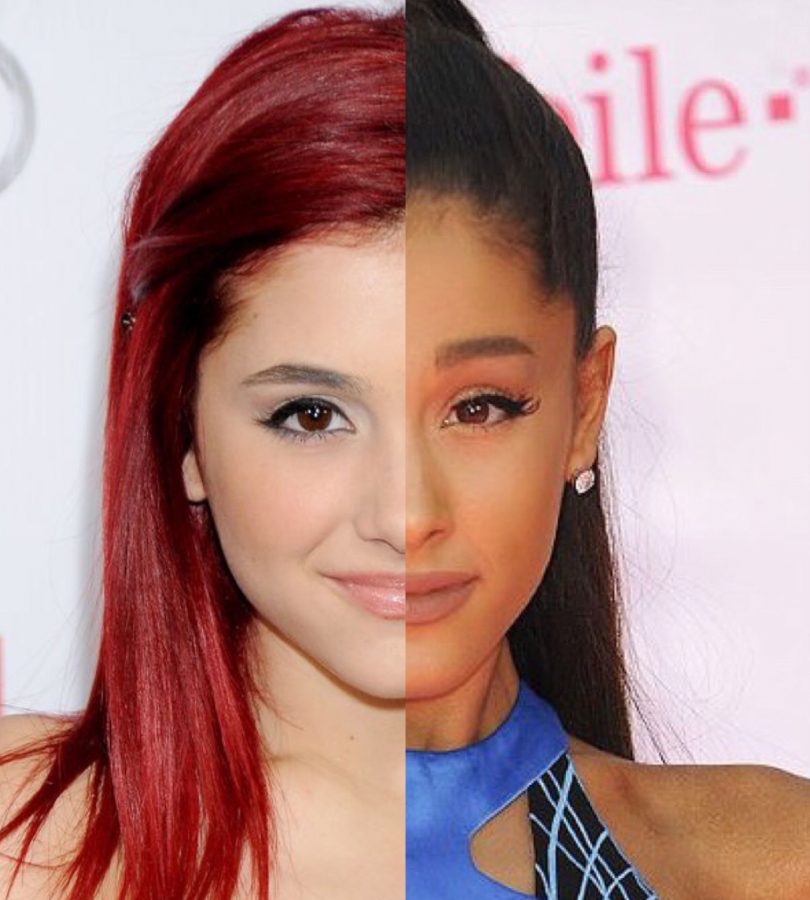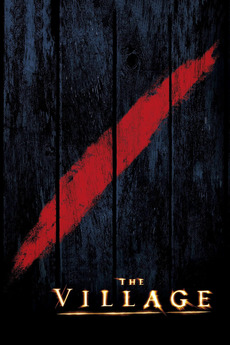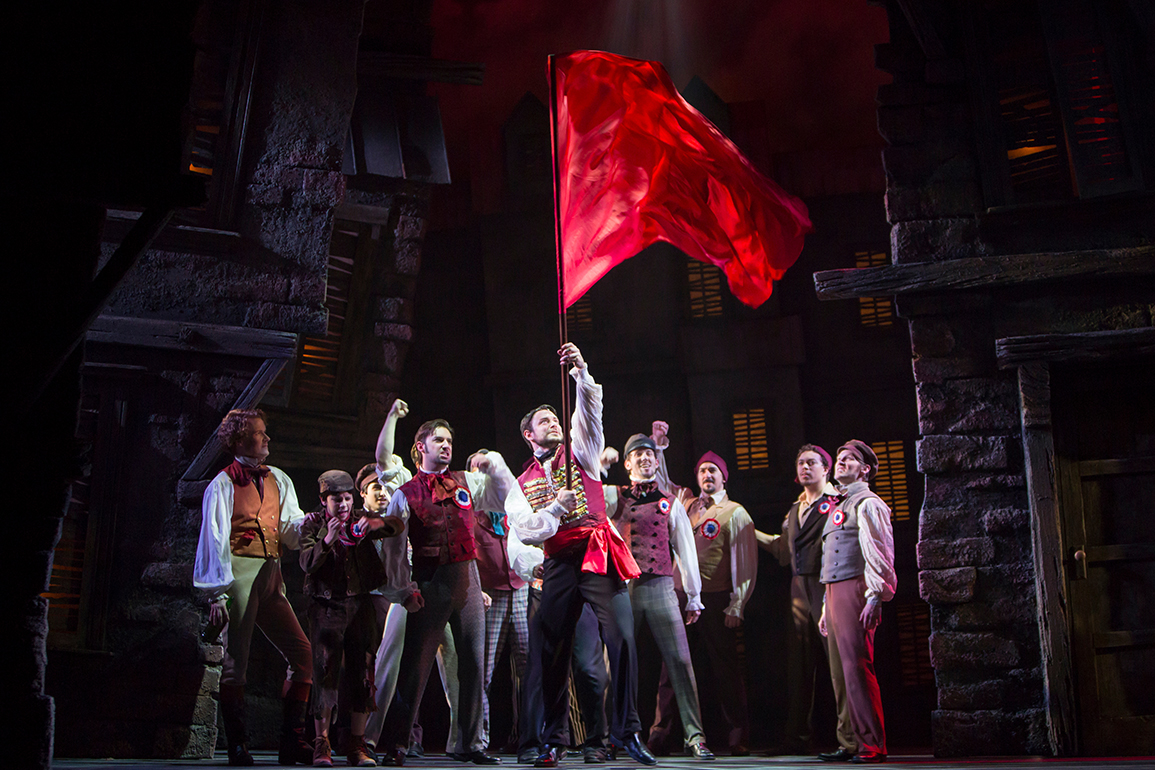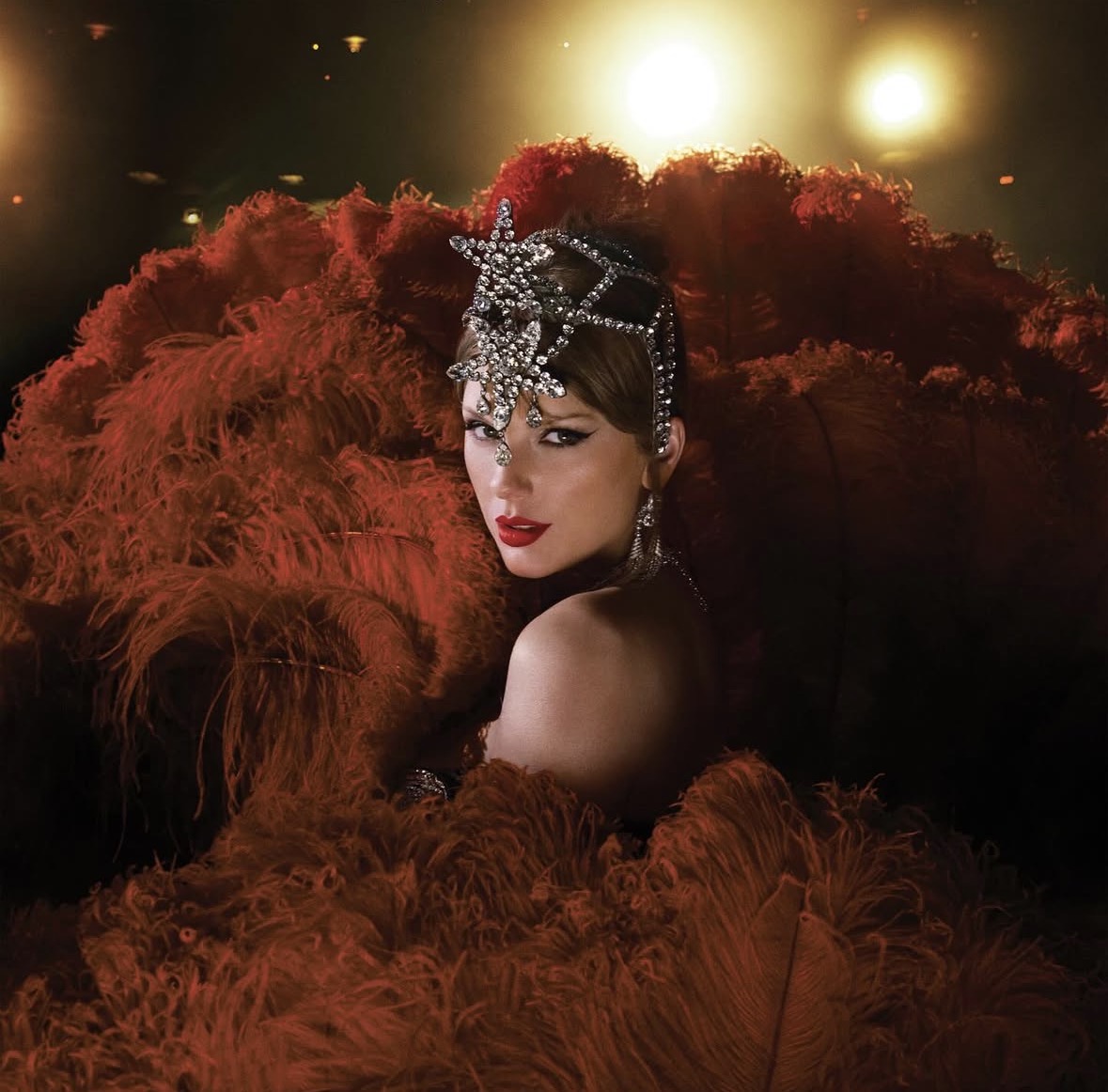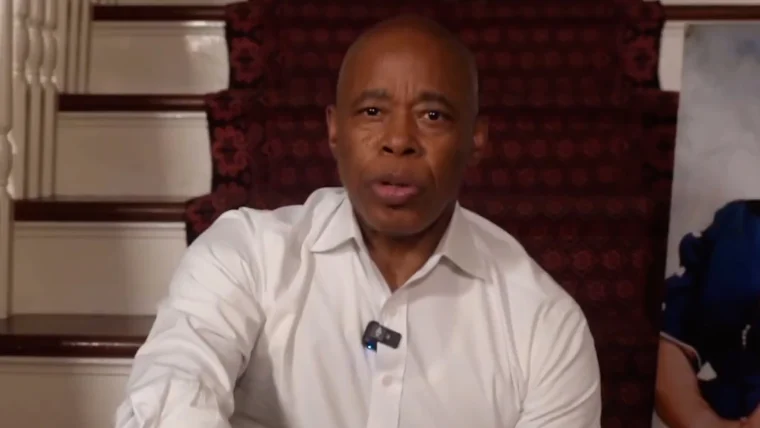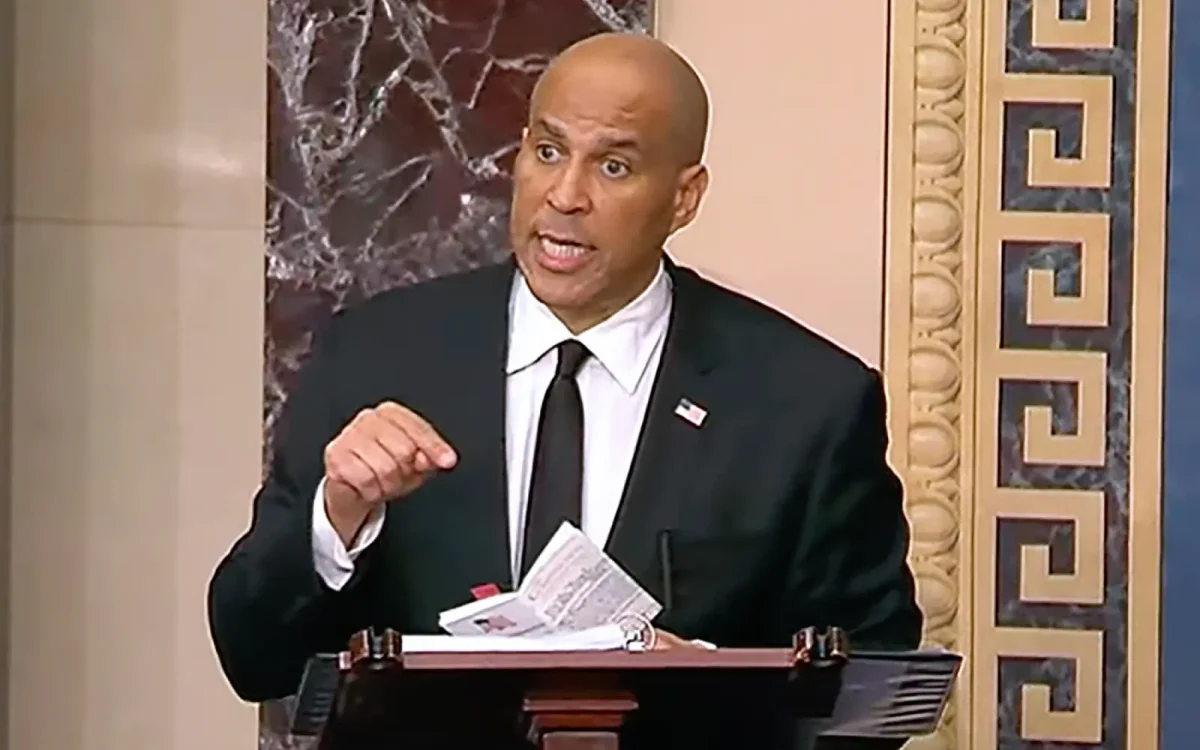Pop singer and songwriter Ariana Grande has quite a large and dedicated fan base, especially after her recent hit singles: “thank u, next,” “imagine,” and “7 rings.” Despite her success, fans are noticing the apparent changes in Grande’s social presence in terms of her mannerisms, appearance, and articulation. Some believe that the pop artist has been adopting aspects of cultures other than her own in order to appeal to a new audience and further her music career.
The dictionary defines cultural appropriation as adopting another culture’s appearances, linguistics, and mannerisms, “…or using things from a culture that is not your own.” Sometimes artists experiment with their sound or genre to grow and develop their work and to appeal to a wider audience of listeners. Grande, however, seems to be demonstrating this type of cultural appropriation through her recent social media posts, music videos, and branding. The most controversial and apparent changes the pop star has gone through thus far are her drastic changes in skin complexion and vocal intonation.
Mikaella Dutra, University senior, argues that Grande “gets away with a lot of things other white artists cannot” because “her style, way of speaking, and things of the like are taken from brown and black communities but no one really talks about it because she is presenting herself as though she is from those communities.”
During her time playing Cat Valentine on Nickelodeon’s “Victorious,” Grande had pale white skin and dyed dark-red hair. As she transitioned into her solo music career, Grande ditched the red hair for a long, dark ponytail and a dark tan. As she is of Italian descent, this was not immediately alarming to anyone.
Her continual skin-darkening became concerning around the same time the singer had dropped her third studio album, “Dangerous Woman,” where she explored the genre of R&B and even some rap and, as The Atlantic writes, “made a show out of leaving behind her child-star innocence.” Grande also exclusively employed African-American guest vocalists to perform alongside her on that album.
Grande is often featured alongside African-American pop-rap/R&B artist Nicki Minaj for music collaborations. The duo performed their song “Side to Side” at the MTV Video Music Awards and some fans noticed their skin colors were very similar.
“Her actions are speaking for her,” said Dutra. “She’s created a brand, [and] people have forgotten that she is white. She is not mixed, nor is she Latina, but a lot of people think she is.”
Fans and non-fans alike have noticed a significant change in her mannerisms and vocabulary as well. Any of her public interviews from her days on “Victorious” or during press events for her freshman and sophomore albums compared to the interviews she gives today show a significant change in the tone of her voice and mannerisms. People have also pointed out her usage of African American Vernacular English while she speaks. These features seem most apparent while she’s promoting her trap-influenced music in interviews and on social media.
University junior Bianca Garcia also believes that Grande “can get away with a lot” due to her large fan base. “I haven’t listened to her new album but I think she just takes big issues too lightly,” said Garcia. “Millions of people rally behind her to defend her. Plus she surrounds herself with people who are either famous because of her or are on her payroll, so they’ll always take her side on these issues and encourage her to do whatever she wants, which skews what’s right and wrong.”
thank you @Time ♡ https://t.co/aKQvWyuc4J pic.twitter.com/Qd3OfyYIwu
— Ariana Grande (@ArianaGrande) May 17, 2018
On her recent cover of Time magazine, Grande drops the usage of AAVE and appears startlingly paler compared to her recent music videos and performances. However, this magazine cover is from the same era as her “sweetener” album, where she started solidly using elements of black culture. Grande keeps constantly and willingly switching between her two personas: her original pop persona and the hip-hop and R&B artist she is becoming.
Despite the clear evolution between her first few pop albums and “sweetener,” Grande’s public display of cultural appropriation was often dismissed, at least until she released the music video for her hit single “7 rings.”
“7 rings” is described by Grande as a “friendship anthem” that celebrates the idea of one’s success allowing them to partake in the finer things in life. That being said, the song’s music video shows a contrast from the subject matter of the song itself. Throughout the music video, Grande is depicted engaging in practices that are supposed to represent elements of Japanese culture: eating sushi, posing underneath different displays of Japanese lettering, using Japanese characters as branding, and portraying herself as an anime-like character with over-the-top neon hair and clothes.
Some viewers may see this as “harmless” and simply brush it off as Grande “enjoying” what Japanese culture has to offer, but Grande received a considerable amount of backlash for the video. In a series of since-deleted Tweets, Grande apologized for her actions and saying they were the product of appreciation, not appropriation. She noted that her team has removed the apparel in her merchandise store that feature Japanese characters on them and that, as a person with crippling anxiety, she “doesn’t like hurting people” and wishes people would be more “forgiving and gentle when someone has made an innocent mistake.”
“I definitely agree with Bianca [Garcia],” said Anthony Cordi, University junior. “Her stans are so dedicated and will bend over backward no matter which direction she goes in. I also think she’s reached a level within the general public where what she does passes off as ‘quirky’ as opposed to cultural appropriation.” Cordi refers to the tattoo on Grande’s hand that was supposed to say “7 rings” in Japanese characters but ended up saying “BBQ Grill Finger” instead.
In response to the “7 rings” backlash, many of Grande’s fans have defended her by referencing the fact that a large portion of her fanbase is actually from Japan. In the past, she has made an effort to encourage more interactions with her Japanese fans, such as by consistently attempting to learn Japanese and kanji from a professional tutor since 2015.
“I’d say one has to appreciate her effort to learn another language to connect with her fans,” said Dr. Satish Kolluri, a professor of Communications at the University. “Although, appropriating a Japanese aesthetic for her video as a gesture of love to her fans, in my opinion, was cringe-worthy and disrespectful. Interestingly, what we see as cultural appropriation in America, her fans in Japan see in her music video a celebration of Japanese culture at best or a non-issue at worst.”
Ariana Grande. The noodle-headed meatball princess of blackface. pic.twitter.com/jql0lmNwd6
— Matt Smith (@ClutchMatt) February 9, 2019
Cultural appropriation is a slippery slope, one that many can find themselves unintentionally treading without even realizing its consequences, though not many are in the spotlight as much as Grande is. “Other stars with less of a base or acclaim would be more harshly scrutinized than Grande because of her current position in pop music,” said Cordi.
University sophomore Colleen McGovern believes that as a society we should “shed more light on what is defined as cultural appropriation.” Grande might be a great example, due to her large platform and following, to begin recognizing and expressing how harmful and oppressive cultural appropriation can be, no matter how innocent it may seem.

